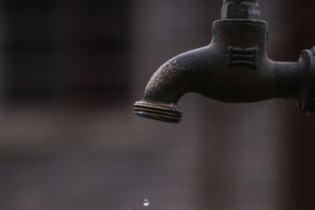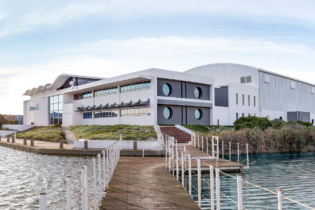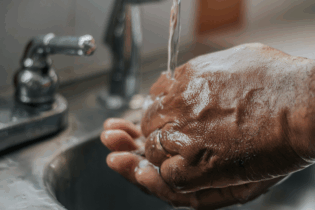 2.7 million South Africans believe a lack of safe and reliable water supply is the biggest challenge they face within their municipality.
2.7 million South Africans believe a lack of safe and reliable water supply is the biggest challenge they face within their municipality.
The Community Survey 2016 by Statistics South Africa found that when asked what they perceived to be the biggest challenges they faced within their municipality, the majority of households listed the lack of safe and reliable water supply (2.7 million), followed by the lack of or inadequate employment opportunities (2 million) and the cost of electricity (1.7 million).
Access to water
Although the number of households with access to piped water has increased from 13.2 million in 2011 to 15.2 million in 2016, the number of households without access to piped water has also increased from 1.3 million in 2011 to 1.7 million in 2016.
The number of households accessing water from taps within their yards has increased significantly from 3.9 million in 2011 to 5.1 million in 2016. A similar trend has been noted with the number of households accessing water from inside their dwelling, with the number of households increasing from 6.7 million in 2011 to 7.5 million in 2016.
The province with largest proportion of households with access to piped water is the Western Cape with 98.9%, followed by Gauteng (97.4%) and Free State (96.2%). The province with the smallest proportion of households with access to piped water is Eastern Cape with 75.1%.
Access to sanitation
Of the 16.9 million households in South Africa, only around 10.3 million (60.6%) have access to a flush toilet connected to a sewerage system. This represents an increase of about 3.6 percentage points from 2011 when 57% of households had access to this kind of toilets.
Similarly the proportion of households using pit toilets with ventilation has increased, from 8.8% in 2011 to 12.2% in 2016.
On an increasingly positive note, households with no access to a toilet facility have declined to 2.4% in 2016, from 5.2% in 2011.
Almost half of households (49.5%) have access to a toilet facility within their yard. In contrast, 45.6% of households use a toilet located within their dwelling and only 4.9% use a toilet facility located outside their yard.
 2.7 million South Africans believe a lack of safe and reliable water supply is the biggest challenge they face within their municipality.
2.7 million South Africans believe a lack of safe and reliable water supply is the biggest challenge they face within their municipality.






